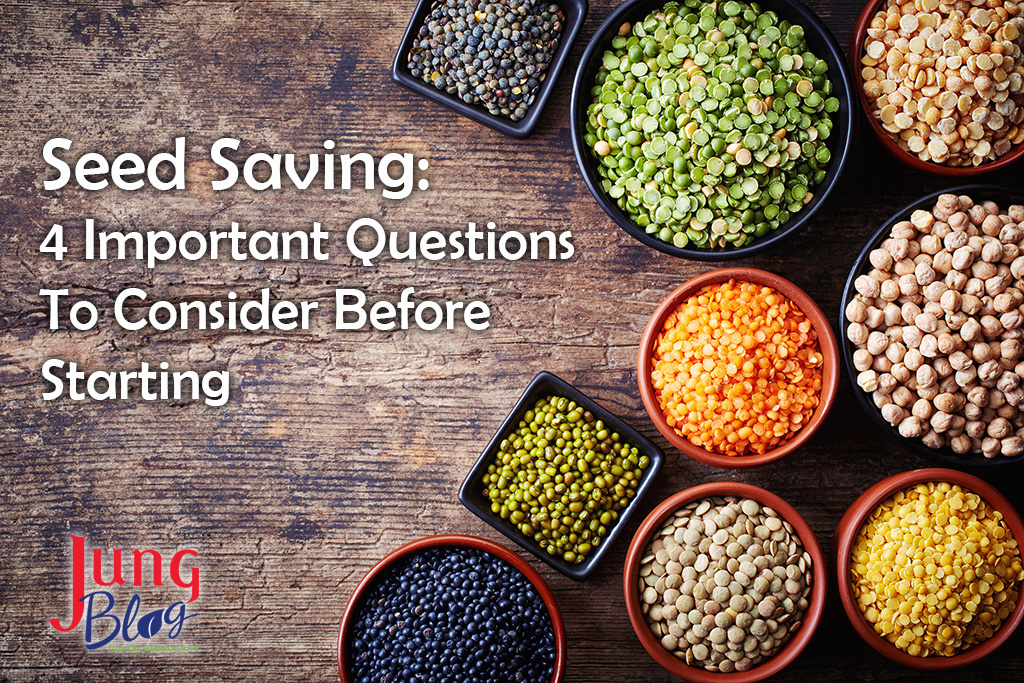
Saving seeds sounds like a really positive and simple thing to do. It can be rewarding and helpful, but a conscious decision needs to be made way in advance if you are going to grow plants that you can collect seed from. Especially if you are talking about saving vegetable seeds. You will generally want very opposite traits from those plants you choose to grow primarily for consumption.
What Seeds Should You Save?
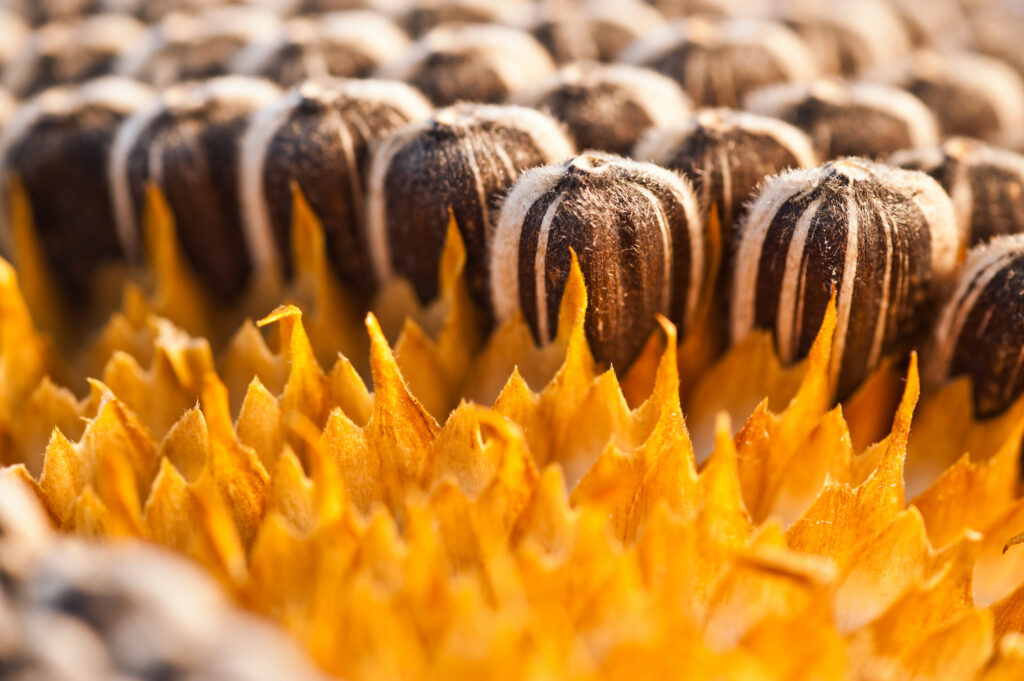
- Don’t bother saving from hybrids – F1 hybrid offspring don’t come true to type or their seeds are often, just plain sterile. Plants listed as OP – Open Pollinated or Heirloom/Heritage varieties are good.
- Be selective:
- Choose seeds from the best performers in your garden, not all are winners.
- Look for special, desirable, or different traits
- Select for diversity in your crops
- Choose fruits from the most disease-resistant plants
- Quantity needed?
- Will you be collecting just for your own use or will you also want to collect for trading fodder or sales at farmer’s market or on Etsy perhaps?
How Will You Save Your Seeds?
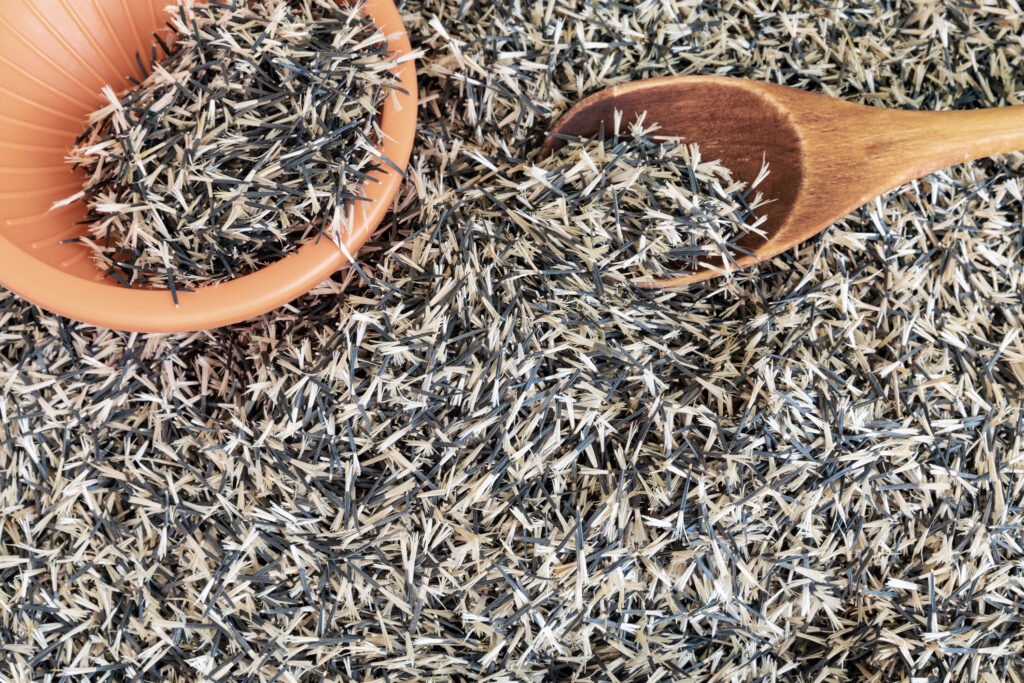
- Flowers, husks, capsules, pods, or meaty/fleshy fruits?
- Picking, thrashing, separating, purposeful fermenting?
- Start with easy plants first
- Self-pollinating veggies like tomatoes, peppers, peas, beans, or lettuce are easy, as are marigolds, cleomes, black-eyed susan, datura, coneflowers, perennial sunflowers, and yuccas.
- Difficult to collect
- Very difficult to collect
When To Collect Your Seeds
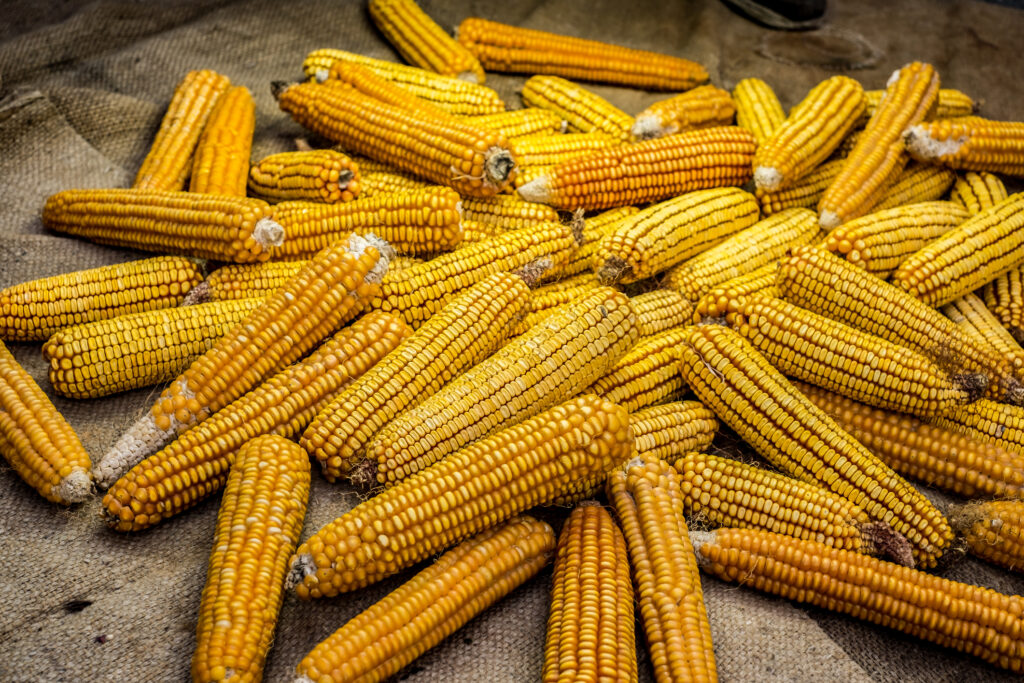
- To be most viable, collecting at full maturity and full dryness for flowers is best.
What About Drying Seeds?
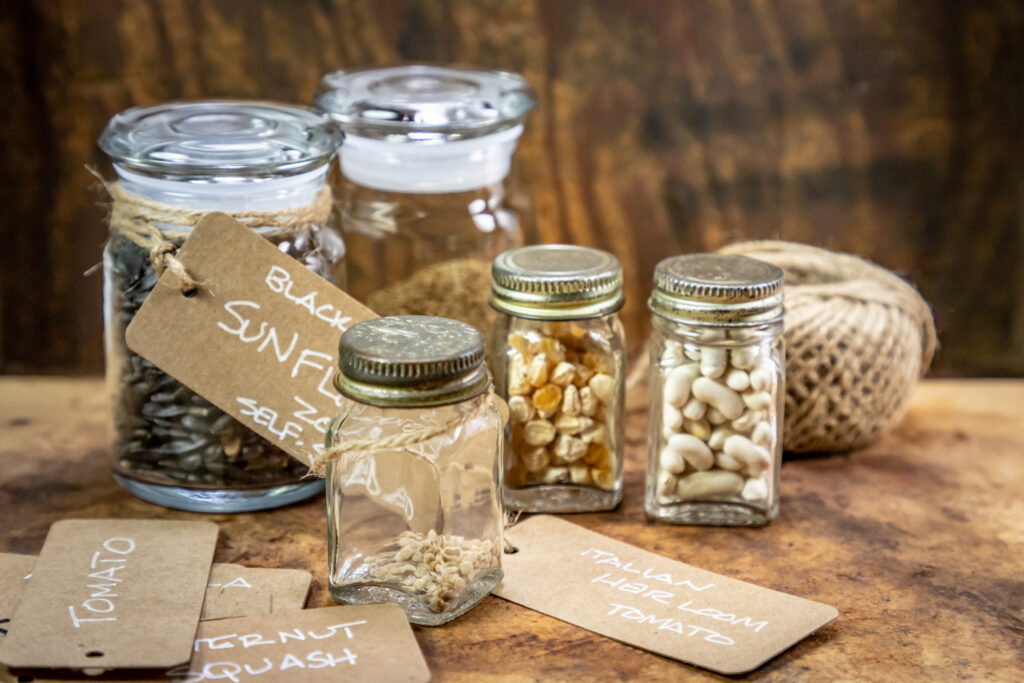
- Some seeds need to be fully processed and separated from fleshy fruit bodies.
- All seeds need to be properly dry for storage, otherwise, mold and harmful pathogens will destroy any chance of future viability.
- Use screens, sieves in a warm sunny area with lots of natural or mechanical airflow. Hand-picked flower seeds should also be laid out for a few days to assure their dryness.
- Thoroughly inspect all seeds for condition and potential insect infestations, like holes on larger seeds. Cull any that look damaged or parasitized before storing.
- Use cardboard boxes, bags – generally paper, not plastic (Acorns are one example of an exception), envelopes, and large seeds can be kept in fine mesh nylon bags.
- After seeds are thoroughly prepared and dry, glass ball jars work very well.
- Permanent markers or ink pens with stick-on labels or write on jar lids – genus, species, cultivar, or common name and always the date seeds were prepared.
- Best storage areas are cool and dark places.
- In ideal storage conditions of temperature and humidity, most vegetable and flower seeds will remain viable for 1 to 3 years.
Whether you want to do this just for fun or to save grandma’s favorite heirloom tomato variety or track down and grow specific regionally important varieties, there’s no question that preservation and dissemination of open-pollinated, heirloom plants and vegetables is an important treasure not to be lost to time.
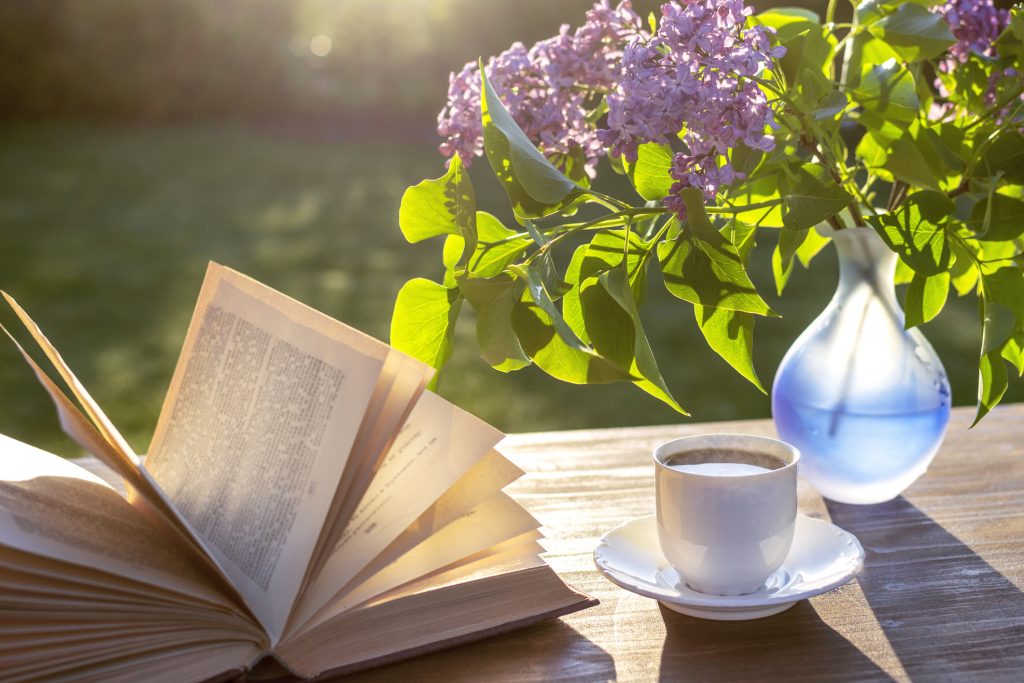
Other Recommended Reading
- Sow Seeds Of Victory: Planting A Victory Garden
- Cool Season Crops: Growing Tips
- Starting Annual Flower Seeds Indoors
- Seed Germination Guide
- 22 Easy To Grow Vegetable Seeds
- Seed Starting FAQ

At Jung Seed Co, we strive to be your go-to guide for all your gardening needs. Our YouTube channel Jung Garden Center now includes our new video series All Things Green where our experts provide gardening tips for all levels of gardeners. When you need reliable gardening advice, turn to the trusted experts at Jung.
View our new catalog online or browse our website for all of your gardening favorites. To receive info on new products, exclusive deals, and specials, be sure to sign up for our weekly email. Join our Facebook page, to discuss all things gardening!
